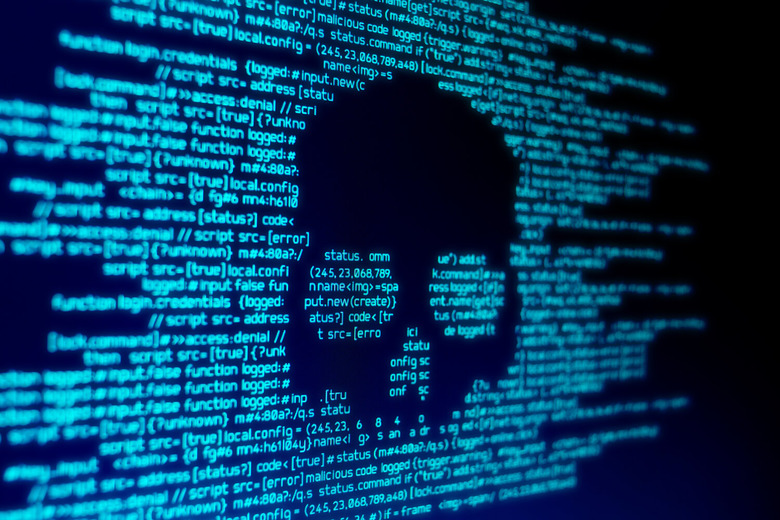Stop What You're Doing And Check Here To See If Your Email Credentials Have Been Stolen
- Data breaches and hacks are a fact of life and often unavoidable for Internet users, since your passwords and email addresses are so often handled by businesses like hotels and credit card companies that you don't have any control over.
- The recent "Compilation of Many Breaches" underscores just how little control people often have over where their data ends up.
- Be that as it may, here are some steps you can take to keep your accounts safe, data breaches notwithstanding.
Here's a new habit you should probably add somewhat regularly to the list of actions you take to keep your email safe from hackers and any unwanted intrusion, in addition to taking steps like adding 2-factor authentication to your account and changing your password regularly.
We've already written this week about the "Compilation of Many Breaches," or COMB, a massive data set comprised of 3.2 billion email-and-password combinations that's just been posted online. It's not the result of a new hack or data breach, though. These credentials were stolen from different previous hacks and breaches, but their publication now makes this quite possibly the largest-ever compilation of stolen user credentials ever published. With a number that big — 3.2 billion pairs of email addresses and usernames! — it's a pretty sure bet that you're caught up in this. I know I was, and that's because of a database I easily checked, and then from there, you can take whatever additional steps you want for some peace of mind.
There are multiple places online where you can search public records and data sets to see if any of your information has been compromised. Starting with the recent COMB, for example, the news outlet CyberNews has prepared a searchable database where you can check to see if your email and password have been stolen. Just head to this link, and you'll see a black box with a prompt at the top of the page where you can type in your email address.
You can also head over to Avast's "Hack Check" site. Same thing — type in your email, and Avast will actually send you an email if it finds any of your passwords having been caught up in any breaches or hacks. The email will say things like the LinkedIn password associated with your email was part of a data breach on a specific date.
Another of these sites worth mentioning is Have I Been Pwned. You know the drill. Box at the top, type in your email, and see if your data has been stolen.
All of that said, this is yet another great opportunity to be reminded of steps you can take to protect your data and in particular to keep your email account safe:
- Turn on 2-factor authentication.
- Change your password right now, and do it regularly going forward.
- And use a reliable password manager service to protect your accounts, which will also keep you from forcing yourself to use simple passwords that are easy to remember — and, even worse, that you re-use across accounts.
